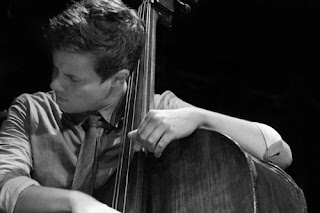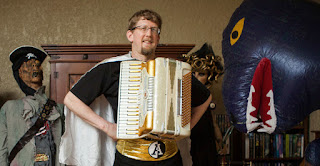Debussy masterpieces anchor new discs by Frederic Chiu and the Avalon String Quartet

Paul Rosenfeld, an insightful if excessively florid music critic of the early 20th century, was in full cry when he turned his attention to Claude Debussy. From various sources, there is a host of picturesque writing about the French master (1862-1918). His music is forever linked to impressionism but he was more comfortable with the designation "realism," as Frederic Chiu usefully reminds us in notes for his Debussy centered CD, "Distant Voices." Rosenfeld was swept away by the music, whatever label better applies to it. Frederic Chiu partners Debussy with Gao Ping Debussy's realism can be interpreted to mean reconceiving musical structure, harmony, and color to fit the contours of life as it is lived — the ordinary life of Manet's "Boating Party," for example. Rosenfeld hints at some of this in a typically all-embracing pair of sentences about the String Quartet in G minor (1893). This work is as solid an indication as you can find of ho













